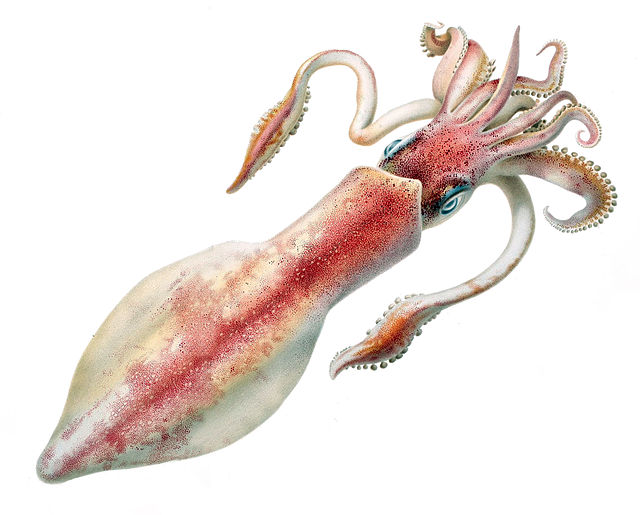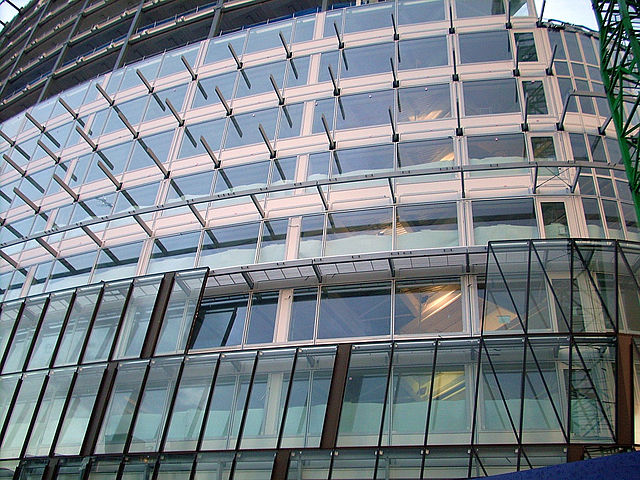Artificial photosynthesis
Artificial photosynthesis is a chemical process that biomimics the natural process of photosynthesis. The term artificial photosynthesis is used loosely, refer to any scheme for capturing and storing energy from sunlight by producing a fuel, specifically a solar fuel. An advantage of artificial photosynthesis is that the solar energy can be immediately converted and stored. By contrast, using photovoltaic cells, sunlight is converted into electricity and then converted again into chemical energy for storage, with some necessary losses of energy associated with the second conversion. The byproducts of these reactions are environmentally friendly. Artificially photosynthesized fuel would be a carbon-neutral source of energy, which could be used for transportation or homes. The economics of artificial photosynthesis are not competitive.
Natural (left) versus artificial photosynthesis (right)
Biomimetics or biomimicry is the emulation of the models, systems, and elements of nature for the purpose of solving complex human problems. The terms "biomimetics" and "biomimicry" are derived from Ancient Greek: βίος (bios), life, and μίμησις (mīmēsis), imitation, from μιμεῖσθαι (mīmeisthai), to imitate, from μῖμος (mimos), actor. A closely related field is bionics.
Giant axons of the longfin inshore squid (Doryteuthis pealeii) were crucial for scientists to understand the action potential.
Leonardo da Vinci's design for a flying machine with wings based closely upon the structure of bat wings
A Waagner-Biro double-skin facade being assembled at One Angel Square, Manchester. The brown outer facade can be seen being assembled to the inner white facade via struts. These struts create a walkway between both 'skins' for ventilation, solar shading and maintenance.
Sepiolite in solid form





